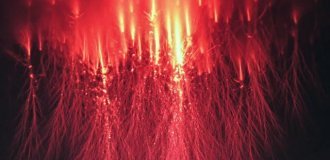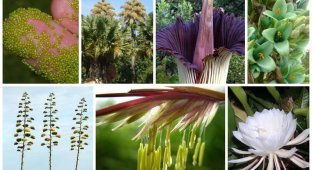Big-eyed fruits of the cheese tree with a specific taste and real benefits (9 photos)
If only sweets grew on trees... You don’t need to go to the store - you pluck a couple of chocolates from a branch and drink your tea in peace. 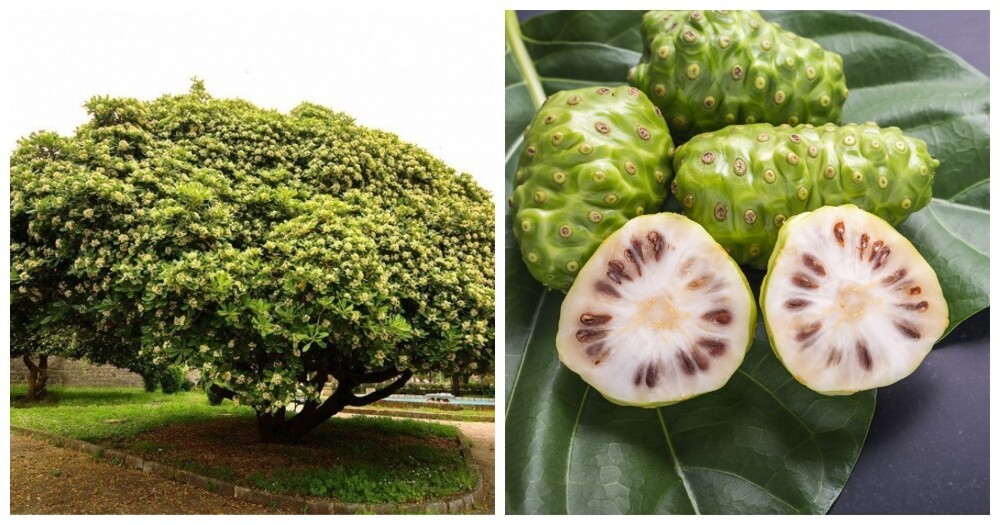
Of course, such dreams are from the realm of fairy tales and science fiction. But nature gave people the opportunity to enjoy cheese from a branch. True, not everyone will like it. 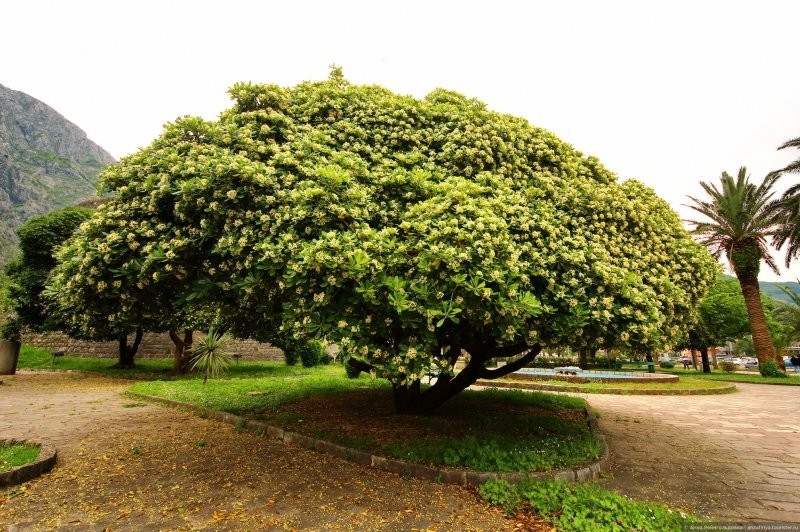
We are talking about Morinda citrus folia, a small tree from South Asia. Despite its heat-loving nature, Morinda is quite unpretentious and can grow on rocky, sandy and even volcanic soils. It blooms and bears fruit almost without interruption. 
An evergreen representative of the Madder family grows to a maximum of 7 meters, has bright leaves with a large number of veins and an extensive root system. 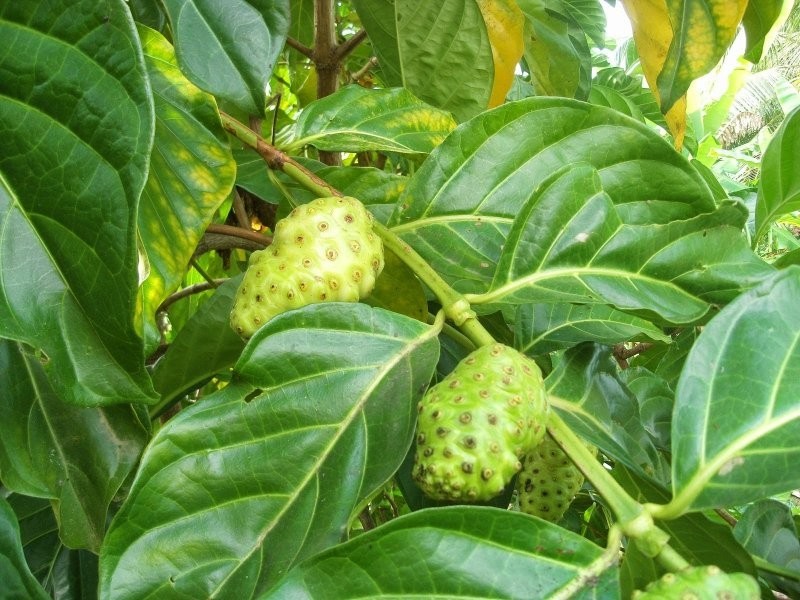
After flowering, small, oval-shaped fruits are formed. In appearance they look more like potatoes, dotted with a large number of eyes. But in terms of taste, the fruits of noni, as its main consumers - residents of the Pacific Islands call it - are similar to cheese. But not the classic one, but the one with mold. 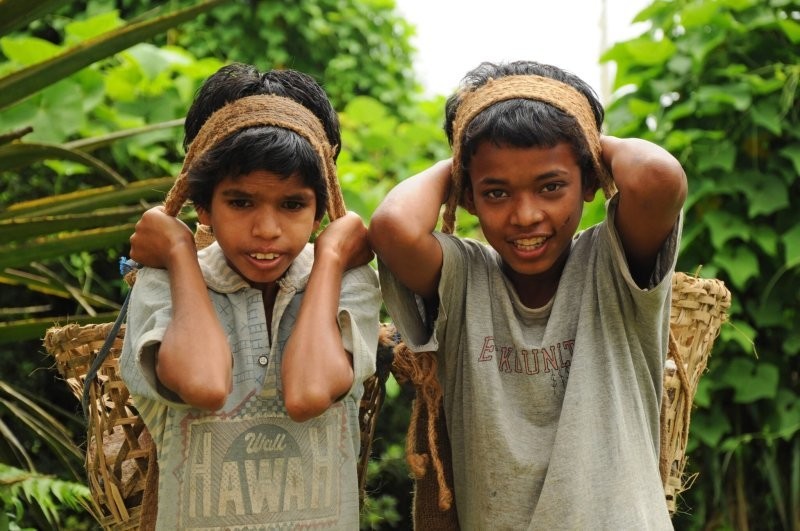
Therefore, for an unprepared person, they will seem completely inedible, as if the product is already spoiled or on the verge of it. But the islanders, for whom the lion's share of their diet is fruit, are not complaining. And they devour the fruits of the cheese tree in fried, boiled and even raw form.
Pharmacy on a branch 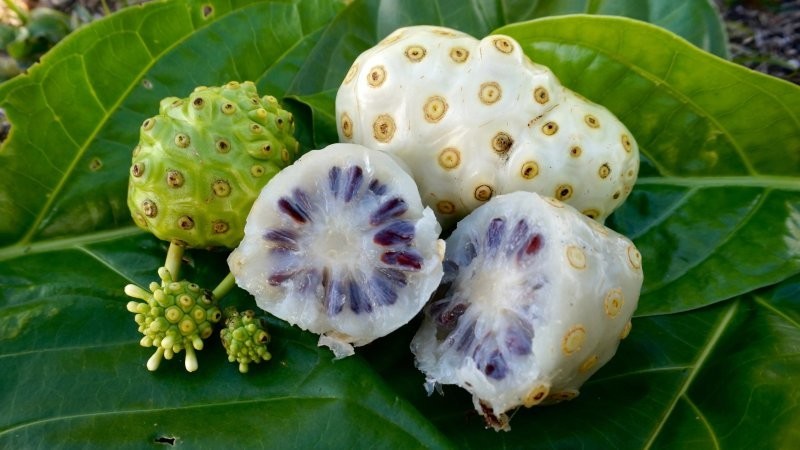
However, residents of the islands of Fiji, Samoa and others use the fruits of morinda not only for food, but also for treatment. They, like other parts of the tree, have the ability to relieve heat, increase immunity, strengthen gums, and promote tissue regeneration. 
And the inhabitants of Tahiti make some kind of absolutely magical elixir from the fruits, which has anti-inflammatory, tonic and rejuvenating effects. 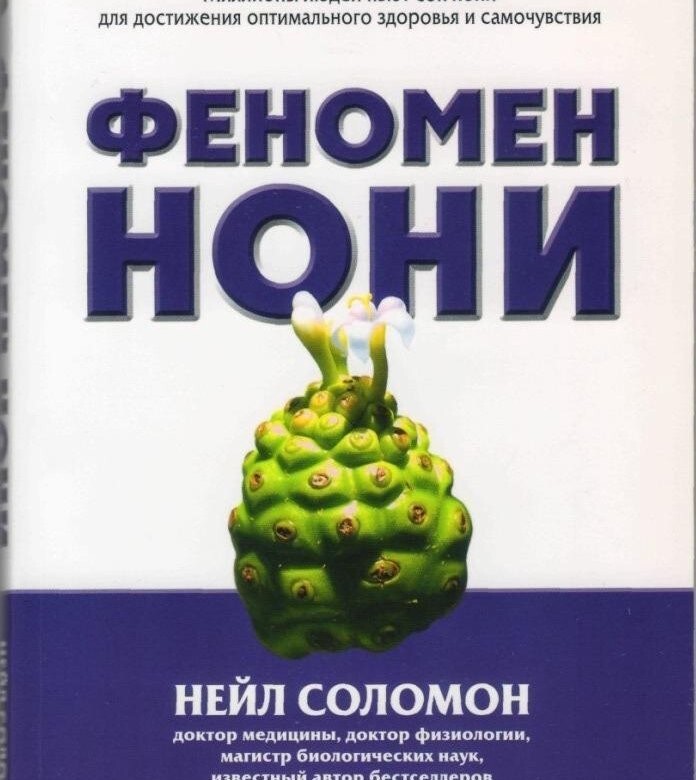
“The tree of life,” as the islanders call Morinda, could not help but become interested in doctors from the mainland. The direction was set in the 50s by Dr. Ralph Heinicke, who lived and worked in Hawaii.
In the 90s, the research of the ancestor was continued by John Wodsward. And an unprecedented explosion of public interest was provoked by Dr. Neil Solomon’s book on noni, published in 1999. 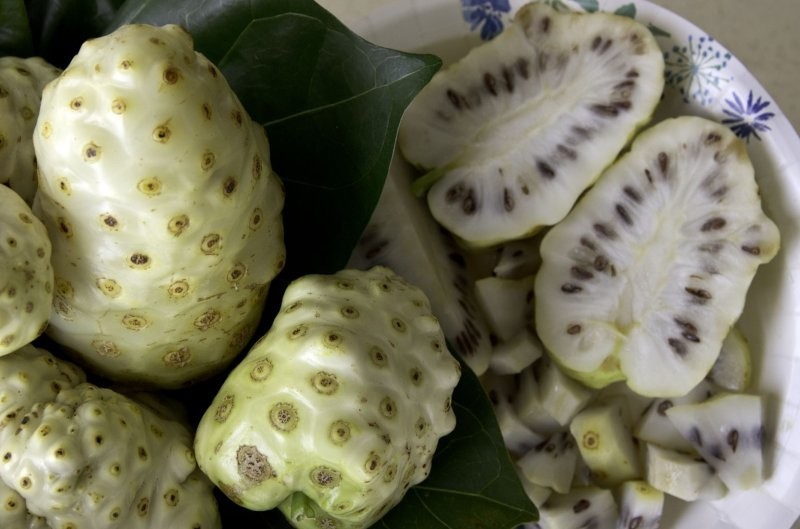
The “Tree of Life” can also be grown in greenhouse conditions in our country. To admire an exotic beauty and improve your health. If, of course, you manage to get used to the specific taste of noni.







